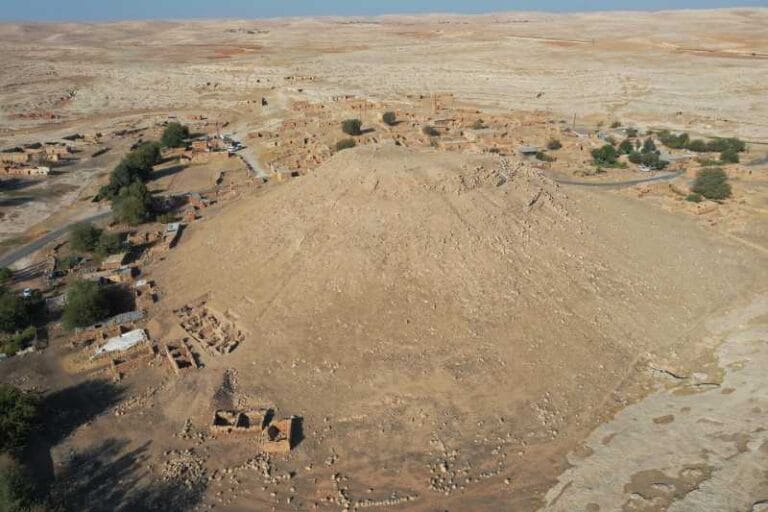Japan’s oldest multiplication table is discovered.

A recent archaeological discovery in the ruins of Fujiwara Palace, located in Nara Prefecture, has brought to light Japan’s oldest multiplication table, dating back some 1,300 years. The discovery, made by the National Research Institute of Cultural Properties in Nara, was announced on September 4 and represents a significant milestone in the study of ancient mathematics in Japan.
Fujiwara Palace, located near Takadono-chō and Daigo-chō in Kashihara, was part of Japan’s first capital, Fujiwara-kyo, built on the Chinese model and used between 694 and 710, as recorded in the Nihon Shoki chronicle. The piece of wood discovered during excavations in 2001 at the site, which is believed to have been the office of the “Emon-fu” guards in the central government of the old capital, has revealed valuable information about the use of mathematics in the administration of the time.
The piece found, measuring 16.2 centimeters by 1.2 centimeters, is part of a larger multiplication table dating from the late 7th century to the early 8th century. Researchers believe that this table was used in government offices and other places, possibly for administrative functions such as calculating taxes or working days for employees.

The most impressive thing is that, under infrared light, the tablet revealed several inscribed equations, such as:
9 x 9 = 81
4 x 9 = 36
6 x 8 = 48
These equations were written in Kanji, using Chinese characters. The table begins with multiplication by nine, organized into five equations arranged horizontally, which represents a very advanced style of mathematical recording for the time.
Initially, due to the lack of apparent regularity, researchers classified the artifact as a practice table. However, after more detailed studies, it became clear that it was a well-structured multiplication table. “If the multiplication table were complete, the wooden board would measure 33 centimeters long with all the equations written on it,” explained Kuniya Kuwata, the Institute’s chief researcher. He added: “Initially, I thought that Japanese multiplication tables only had 2 to 3 equations per line, so I was really surprised to find one with so many, similar to those in China and Korea.”
While the multiplication tables previously found in Japan contained only two to three lines, this discovery follows the pattern of China’s tables from the Qin and Han dynasties, which date from between the 3rd century BC and the 3rd century AD. In addition, the research team does not rule out the hypothesis that this table may have been created during the Kofun Period (3rd to 7th century), possibly used in the planning of the large tombs that characterize this period.
It is believed that the “Emon-fu” office, responsible for security and administration, used this table in calculations related to taxes or the management of workers. The discovery was published in the 2024 Annual Bulletin of the National Research Institute in Nara, consolidating another important step in understanding the administration and mathematical practices of ancient Japan.






